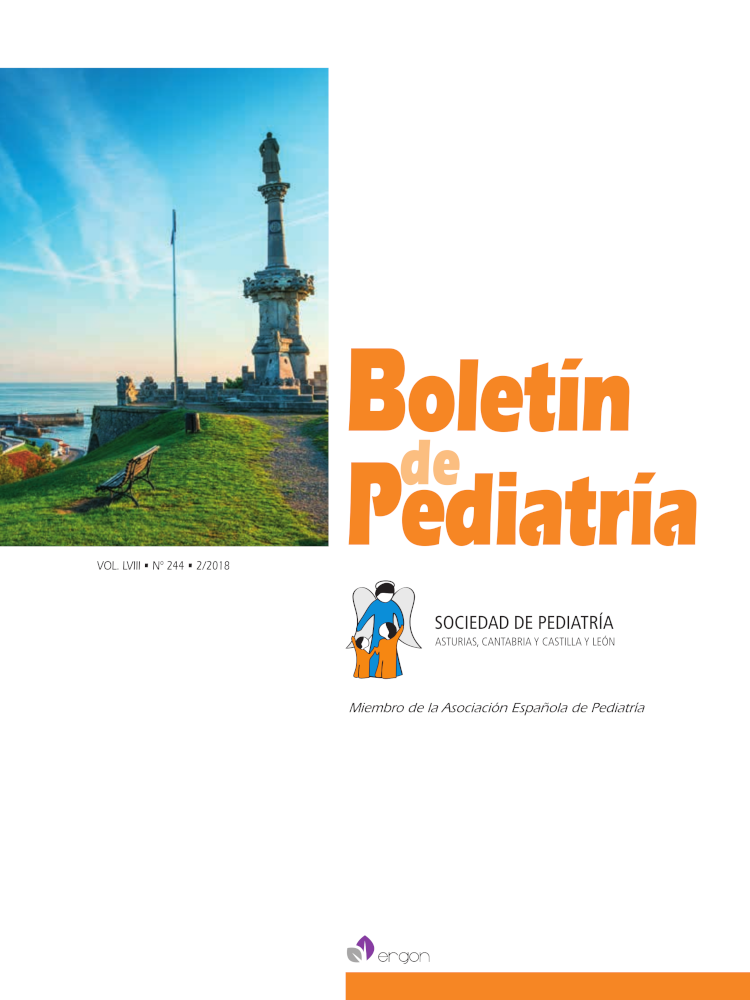Abstract
Psychiatric disorder in children generates many problems regarding its evaluation, diagnosis and treatment. Epidemiological data available for those patients admitted to specific units are limited and have not been usually offered in a systematic way. In order to know the frequency in our environment of the different psychiatric disorders during childhood, we have done a descriptive study reviewing the medical histories of the patients admitted in the ChildJuvenil Psychiatric Unit of the Central Universitary Hospital of Asturias (HUCA) from February 2012 to March 2017. We have collected individual variables of age, reason for admission, clinical expressions, final diagnose, pharmacological treatments and related factors to prognosis, evolution and associated comorbidities in the medium to long term. In the Study were included 270 patients (44,8 % men) with an average age of 14,7 years. The largest number of patients admitted belongs to the mood disorders (depressive disorders) and non organic psicosis, followed by behavioral disorder, emotional neurotic disorders (anxiety) and psychological development disorders. Risk factors associated to dysfunctional families (29%) and Cannabis abuse (22%), have been identified. The drugs more frequently used in isolation were anxiolytics (benzodiazepines) followed by antipsychotics and antidepressants, the associations of two or more drugs were used in the 43,3% of children admitted.

This work is licensed under a Creative Commons Attribution-NonCommercial 4.0 International License.
Copyright (c) 2018 Boletín de Pediatría
